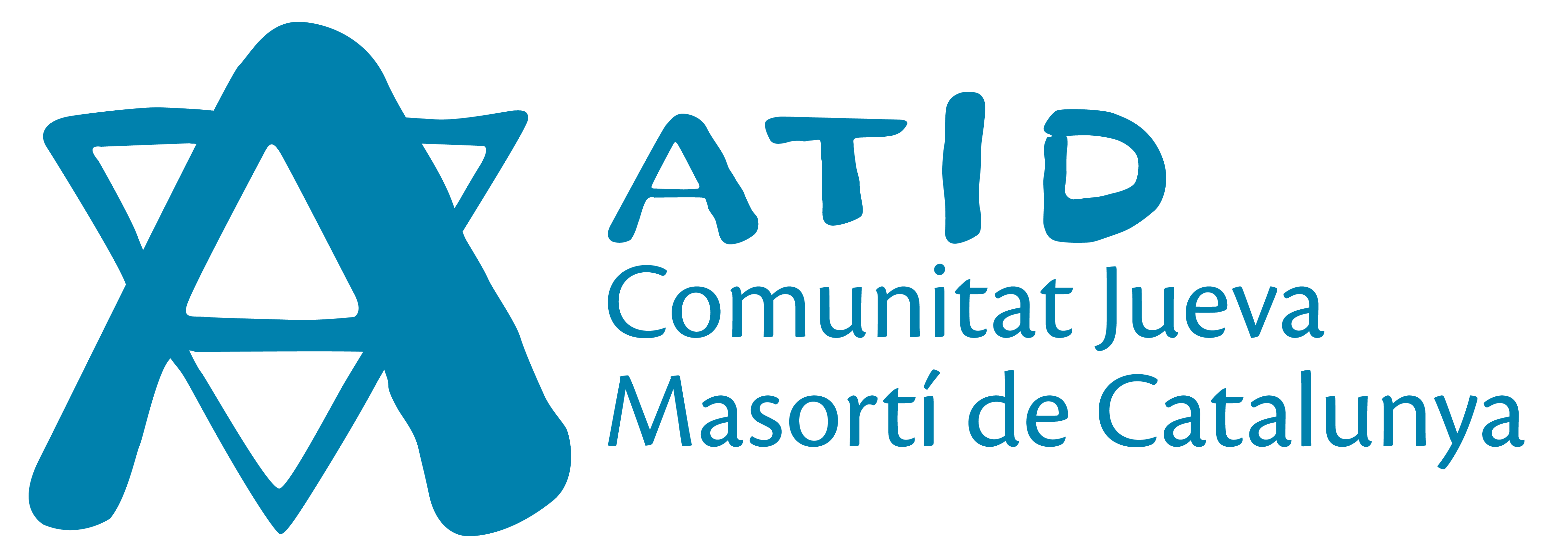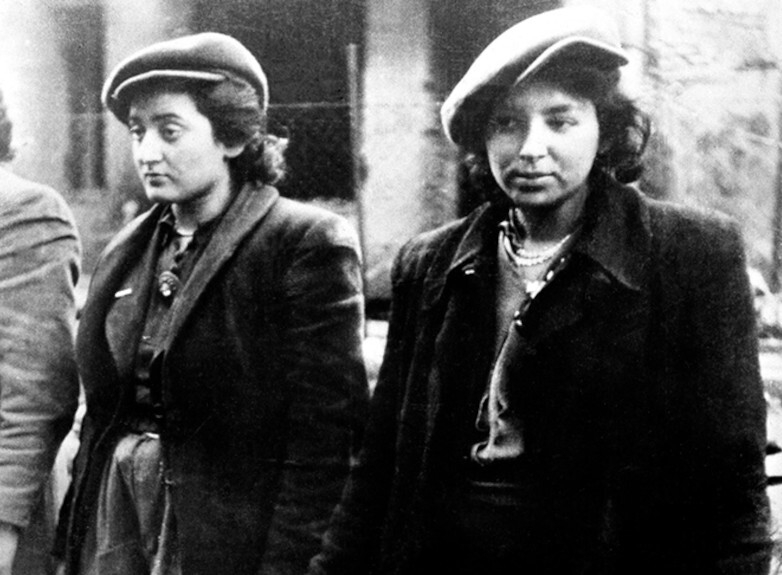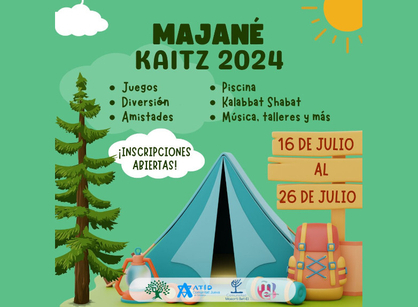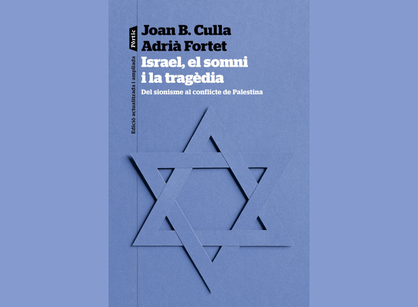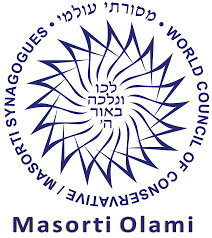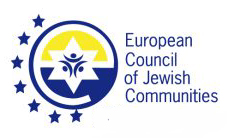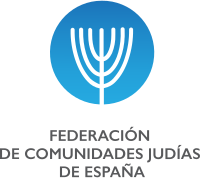The women in the Warsaw ghetto uprising
The women in the Warsaw ghetto uprising: a vindication of their struggle. (In memory of all of them on the occasion of the 80th anniversary of the uprising of the ghetto of Warsaw)
"Jews are dying before my eyes and I can't help them. You never tried to crush your head against a wall?” Tosia Altman
A bit of history
Niuta Tajtelbaum, Rachel (Sarenka) Zylberberg, Tosia (Taube) Altman, Mira Fucherer, Zivia Lubetkin Ester Altenberg, Malka Alterman, Miriam Heinsdorf, Batya Mordkowicz, Towa Dawidowicz, Pola Elster, Mira Izbicka, Sarah - Krysia Biderman, Genia Bar, Dvora Baran, Batya Temkin – Berman, Miriam Szifman, Sara Żagiel, Miriam Rotblat, Rut Hejman, Towa Frenkel, Tosia Berman, among others, were no more than thirty years old and played an active role and decisive in the rise of the Warsaw ghetto, started to be built on April 1, 1940 by Germans for the purpose of locking up Jews brought from different places in Poland and elsewhere countries occupied by the Third Reich.
At the peak of occupation, around 460,000 were crowded inside its walls people, in an area of 3.4 square kilometers. Already between November 1940 and July 1942 around 100,000 people died of starvation or disease.
On July 22, 1942, the Germans began to deport the Jews en masse from the ghetto in the extermination camp of Treblinka and in January 1943 the first actions of armed resistance of the Jews who remained there against these deportations. Inside the walls main resistance organization was the Żydowska Organizacja Bojowa (ŻOB, Organization of Jewish Struggle), which grouped left-wing Jews and was directed by Mordehai Anielewicz, of 23 years Towards the end of 1942 the ŻOB had about 600 fighters and maintained contacts with the Krajowa Army (AK, National Army), the main organization of the Polish resistance, which provided the Jews of the ghetto with ammunition and some weapons.
On April 18, 1943, the head of the SS, Heinrich Himmler, ordered the liquidation of what it remained from the Warsaw ghetto, where between 50,000 and 70,000 Jews remained. At 6 in the morning of on the 19th German soldiers and police arrived accompanied by collaborationists from Ukraine and Latvia ŻOB fighters were waiting for them at the intersection of Nalewki and Gęsia streets and the members of the ŻZW were entrenched in Muranowski Square. When the Germans arrived at the entrance to Nalewki Street, ŻOB members attacked with hand grenades and cocktails Molotov.
April 19 was the beginning of the Warsaw Ghetto Uprising, the day the Jews celebrate the beginning of Pessah, the fifteenth of the month of Nissan, where they remember the liberation of Hebrew people from slavery in Egypt. They knew they had no chance of winning against the powerful German war machine and they were aware that the objective was to die with dignity, that is, fighting.
On May 8, 1943, about 120 ŻOB insurgents died in the so-called "bunker Anielewicz», including its leader, Mordehai Anielewicz, and his companion, Mira Fuchrer. About 15 people survived, but some died soon after of injuries or poisoning gas, while others died later. This bunker is a mass grave since after 1945 no exhumation work was carried out. Because of the similarities with the events that took place in Masada, ancient Jewish fortress besieged by the Romans, the bunker on Mila street is called "the Masada of Warsaw".
Niuta Tajtelbaum, Rachel (Sarenka) Zylberberg, Tosia (Taube) Altman, Mira Fucherer, Zivia Lubetkin Ester Altenberg, Malka Alterman, Miriam Heinsdorf, Batya Mordkowicz, Towa Dawidowicz, Pola Elster, Mira Izbicka, Sarah - Krysia Biderman, Genia Bar, Dvora Baran, Batya Temkin – Berman, Miriam Szifman, Sara Żagiel, Miriam Rotblat, Rut Hejman, Towa Frenkel,
Tosia Berman... they did not assume a merely auxiliary or secondary role but quite the opposite, they go to play an active and decisive role in the rise of the Warsaw ghetto: they came out of the walls from the ghetto to contact the Polish anti-Nazi resistance, they obtained weapons, they organized combat operations, they fought on the front line or organized themselves to survive Warsaw sewers. I repeat: none of them reached the age of thirty.
The youth of the youth movements (tnuot noar)
Most of them were formed around what is known as the tnuot noar (נוער חופון en Hebrew) or, what is the same, the Zionist youth movements. These organizations they were made up of Jewish children and teenagers and had a very clear and defined educational goal: its educational, social and ideological development that emphasized Zionism, which it gained more and more strength as anti-Semitism and pogroms spread across Europe like a black spot.
All these Zionist youth movements were created in Eastern Europe at the beginning of the century XX ideologically motivated by the desire for the national renaissance of the Jewish people. Influenced by both the ideas of Herzl, Jabotinsky, Iosef Trumpeldor or Aaron David Gordon, were very critical with society and its structures, which they wanted to radically transform.
During the Holocaust they were the core of the Jewish resistance both inside and outside the ghettos and they played a central role in the "spiritual resistance" that took place in the ghettos (creation of clandestine schools, cultural activities, concerts, clandestine newspapers and publications, etc.). Practically all of them were linked to some of the youth movements important: ha-xomer ha-tsair and the DROR movement.
The movement Ha-shomer ha-tsair (עירִצָהַ מרֵוֹשׁהַ, the young guard) was created by a group of socialist Jewish intellectuals in 1913 in Poland and is the first Zionist and socialist movement based on scouting. Promoted Aliyah (immigration to Eretz Israel and the creation of kibbutzim) with the aim of developing a collective way of life. Mordehai Anielewicz, leader of the rise of the Warsaw ghetto was part of it.
The DROR (درور) was the other Zionist and socialist movement. It was founded before the First World War in Russia and, like the ha-shomer ha-tsair movement, promoted values national and socialist as well as Jewish culture. Many of its members participated in Jewish self-defense in Russia. After the Bolshevik revolution, the DROR passed to the underground, moved its headquarters to Poland and in 1925 joined Poalei Sion.
These youth movements played a key and central role in Jewish history and history of Jewishness between the two world wars and, especially, during the Holocaust where the its leaders directed the organization and Jewish resistance both in the ghettos and in the camps death nazis
Names and faces
Rachel (Sarenka) Zylberberg (1920), active collaborator of the ha-xomer ha-tsair movement, after the German occupation of Poland, he left Warsaw and moved to Vilnius, Lithuania, where he lived with his partner, Moixé Kopito, a close friend of Mordehai Anielewicz, and with whom he had a daughter, Maia, born on February 22, 1941.
On June 22, 1941, the German army attacked Soviet positions in eastern Poland. Sarenka later explained the deportation and extermination of the Jews from the Vilnius ghetto in Put: "It was a horrible night. We, the members of the ha-xomer ha-tsair movement, ens we hid We heard voices coming from the street. The German vehicles stopped and, a then we heard voices, screams, shots, cries... This is how they evacuated one street after another. How far? In the woods near the city, Ponar.»
Sarenka hid in the Convent of the Polish Dominican Little Sisters together with Abba Kovner and Joseph Shamir and about twenty other comrades. There the idea took shape of the revolt
After Moixé Kopito was killed by the Nazis while trying to buy milk for the his daughter Sarenka placed Maia in an orphanage in Vilnius, under the name Yodviga (Jadwiga) Sogak. To this day, that girl has never been located. Sarenka was one of the few leaders who reentered the ghetto rather than fleeing it. You have a very clear goal: to spread the Nazi plan to eradicate the Jews. He reported the massacres of the Jews in Ponar, which is why Sarenka repeatedly confronted his own colleagues, until he convinced Mira Fuchrer, the partner of Mordehai Anielewicz, and finally the Anielewicz himself, as well as other leaders of the movement, of the seriousness of his situation and the need to defend and rebel against the Nazis within the ghetto. He died in 1943.
Tosia (Taube) Altman (1919) was one of the founders of the youth movement Ha-xomer ha- tsair in Warsaw and together with Mordehai Anielewicz was a member of the ZOB during the revolt
from the Warsaw ghetto. He was one of the most important links outside the ghetto and he succeeded reaching all corners of occupied Poland, coming into contact with resistance groups Jews out of the ghetto and providing them with updates on their dramatic situation, moreover to give educational material prohibited by the Nazis. Taube also helped in arms smuggling and to enter explosives inside the ghetto.
During the uprising, he transmitted by telephone to the other side everything that was happening. Tosia Altman escaped an attempted capture on January 18, 1943 and moved to a bunker of the ZOB. He was one of the few people who survived the battle on the 8th May where Mordehai Anielewicz died. Despite suffering leg and head injuries, Altman was able to to join a group of about seventy-five resistance fighters who left the ghetto on 10 of May, escaping through the sewers.
On May 25, 1943, he suffered severe burns in an accidental fire while on board hiding with members of the Polish Resistance. The Gestapo arrested her and she died shortly after then for not receiving medical treatment and because of torture.
Zivia Lubetkin (1914) was one of the leaders of the Warsaw Ghetto Uprising and one of the 34 fighters who survived the war. In 1942 he helped found the Bloc Left Zionist anti-fascist. Also, as a founder of the ŻOB, she served on the political council of the Jewish community in Warsaw, to the Jewish National Committee (Żydowska Komitet Narodowy, ŻKN) and was part of the Coordination Committee, an organization that included the ŻKN and the General Zionist Union of Labor (Bund), which sponsored the ŻOB.
During his years of underground activities, the name "Cywia" became the word key to Poland in the letters sent by various resistance groups, both inside and outside the ghetto After leading his group of surviving fighters through the sewers from Warsaw with the help of Simkha "Kazik" Rotem the last days of the ghetto uprising (the May 30, 1943), continued his resistance activities outside the ghetto and va participate in the Polish uprising in Warsaw in 1944. In 1961 he testified in the trial of the head of Nazi war, Adolf Eichmann, in Jerusalem.
He died in 1976. His granddaughter, Roni Zuckerman, was the first female fighter pilot in the Force Israel Air in 2001.
Niuta Tajtelbaum (1918) was one of the first to form part of the Polish workers' party. Niuta Tajtelbaum was a blond girl and "for that" she was entrusted with important services outside the ghetto She worked as a messenger for the Jewish Resistance under the name "Wanda", va carried weapons and instructed his comrades in their use. He was a communist and a member of the Ludowa Army in Warsaw, one of the main Polish resistance movements, founded by Polish Workers' Party. During the mass deportations of the summer of 1942, he left the ghetto and joined the partisans to fight the Germans. Then he re-entered the ghetto.
He was in charge of the special unit "Spetzgruppe" of the Polish communist underground of the Ludowa Army, carrying out missions such as bank robberies or planting a bomb in one cinema and in the theater "Kammerlicht Spiel", at Marszalkowska street number 8 on January 17 1943. The Germans set a price of 150,000 zlotys for his head.
During the Warsaw Ghetto uprising, he was part of a group that fought a unit of German artillery that was attacking inside the ghetto. She was caught on July 19, 1943, tortured and killed.
Where death and defeat had their hands full...
Niuta Tajtelbaum, Rachel (Sarenka) Zylberberg, Tosia (Taube) Altman, Mira Fucherer, Zivia Lubetkin Ester Altenberg, Malka Alterman, Miriam Heinsdorf, Batya Mordkowicz, Towa Dawidowicz, Pola Elster, Mira Izbicka, Sarah - Krysia Biderman, Genia Bar, Dvora Baran, Batya Temkin – Berman, Miriam Szifman, Sara Żagiel, Miriam Rotblat, Rut Hejman, Towa Frenkel, Tosia Berman...where death and defeat had their hands full, where every minute, every hour, every day in that hell was a battle, they never acted passively or in attitude of surrender. They fought for life, for survival, for dignity.
We could ask ourselves if the women who fought in the uprising of the Warsaw ghetto are the "Esther Queens" of modern Jewish history because all of them, like Queen Esther, go challenge authority and had the courage to rebel and fight to survive as a people.
Marta Castillon

